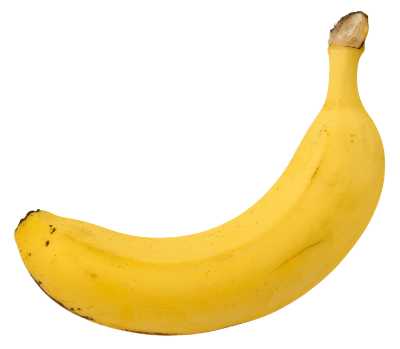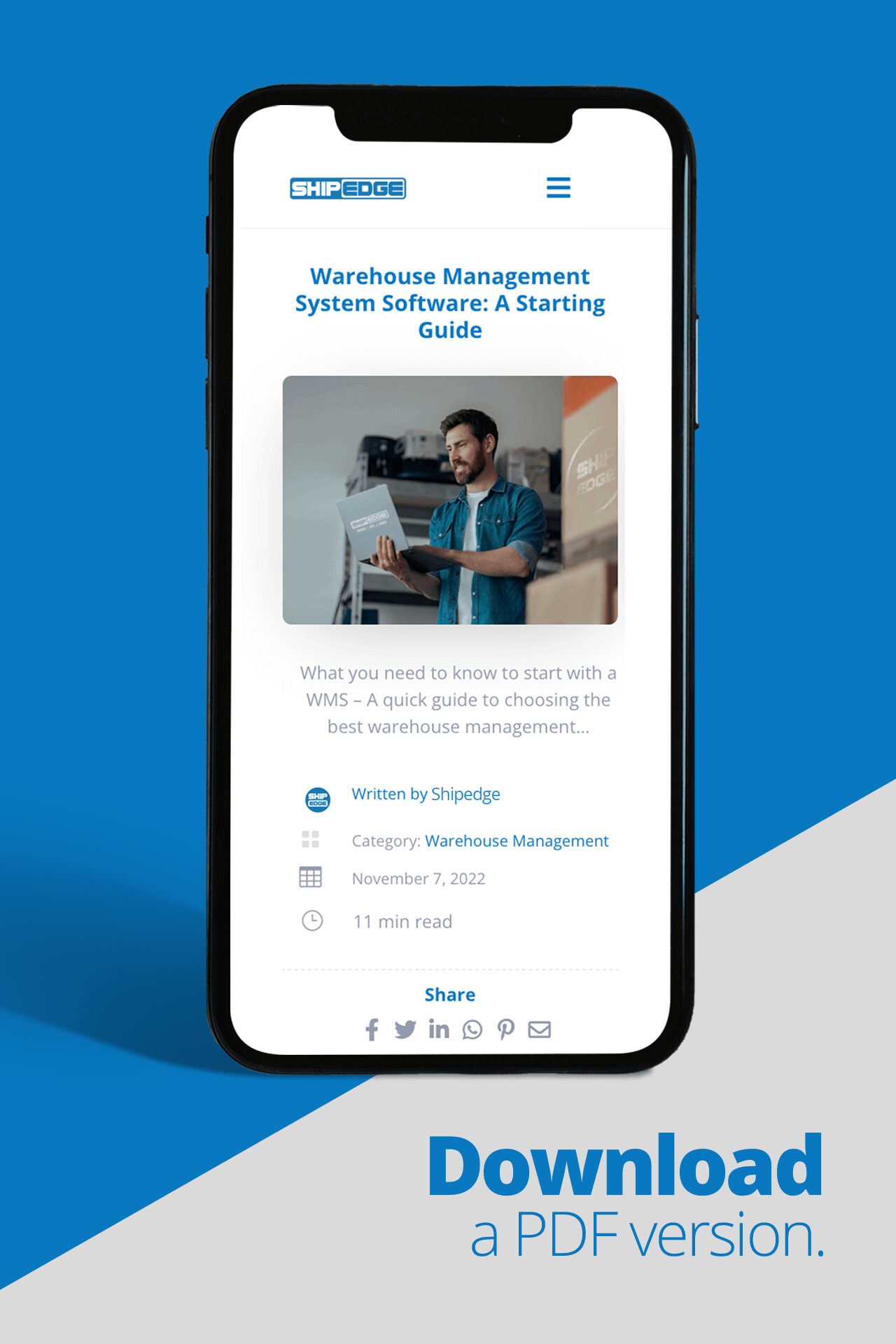If you want to be read, you’ve got to be found.
Search Engine Optimization (or SEO, as it’s often called) is extremely important for every site on the web. No matter how beautiful your pages look, nor how wittily they’re written, you’re practically invisible if nobody can find you through search engines, (just look at what happened to Rap Genius). Because we’re all about helping people here at ShipEdge, we’ve compiled some simple strategies to optimize your site’s SEO.
1) Pay Attention to Your Header
Search engines don’t just look at your content–they also read your header (and your URL). Getting people to read your article is an easy two-part process. First, pick your two main keywords (and you can find out how to do locate those in the next tip). Secondly, include at least one of each in the title of your article and in your URL. You don’t have to follow this strategy with every article you write, but doing so a majority of the time should increase your article’s chances of showing up in someone’s search.
2) Keyword Tools are Your Friends
Keywords are what people type into their search box, and they’re the words you need to care about in your articles. While anything can be a keyword, certain ones will stand out–if you’re a company that paints bananas as the Justice League, for example, then your keywords might be “banana,” “paint,” and “Batman.”

Bananananananana-nana!
To check the effectiveness of any individual word as a keyword, you’ll want to use a keyword tool. There are quite a few choices out there (and if you have a Google AdWords account, you can always use their Keyword Planner). If you’re running a WordPress site, you might want to check out SEO by Yoast, a nifty plugin I’ve found helpful time and again. Just type in the word you’re curious about, and the tool will show you how often you’ve used it–which is important, as I’ll talk about in my next tip.
3) Keyword-Spamming is Not Your Friend
Once upon a time, less-than-ethical webmasters could direct traffic to their site by spamming keywords–using certain words or phrases over and over to artificially inflate their PageRank. Not only does such a strategy hurt your content (people don’t like reading things that are repetitive), these days, Google will actually ding you for it. The key, then, is to find a few keywords or important phrases and use them often enough that your article will come up if someone searches for that word, but not so often that it looks like you’re trying to attract traffic dishonestly. Find a happy medium, in other words. (Because when it comes to SEO, more can quickly become less.)
4) Watch Your Incoming Links
Ever heard “You will be judged by the company you keep”? Just like in life, that truism also applies where search engines are concerned. Again, like keyword-spamming, there used to be a time in which you could boost traffic to your site by linking to it from a lot of different (and usually shady) websites. The search engines of yesteryear would notice all these websites pointing to yours, and your ratings would soar. Clearly you know what you’re talking about if so many people point to you, right?
But search engines and their algorithms have gotten smarter, and the previous strategy no longer works. In fact, having a plethora of links from “bad” sites (ones that have been inactive for a long time, for example) will actually hurt your score. If you find out about such links, using Google’s Disavow links Tool can help you out. (A word of warning, however: doing so can be a bit tricky, so only use the tool if you know you have bad links and are confident you know what you’re doing.)
5) Pictures Pop, but Spiders Can’t See Them

This piece of advice might sound a bit cryptic, but it’s actually quite simple: Web spiders (AKA the way search engines crawl through pages to check them over) only pay attention to text, but as we all know, a picture’s worth a thousand words. Adding pictures to your articles is a great way to break up paragraphs and illustrate concepts to your readers, but search algorithms don’t really see them. A simple way to make sure they can is to add alt-text to those pictures that includes your keywords. Going back to our painted banana idea, let’s say we have an article on the newest painted bananas for sale. You want to make sure the alt-text for each image contains good keywords, like “banana” or “Superman.”
Using alt-text is also helpful for anyone who’s visually impaired, as their screen reader will read the alt-text for each image, instead of skipping over it.
There are countless other ways to boost your site’s SEO, but these tips should help get you started. Be sure to check back here regularly for helpful articles on a variety of topics, and if you have anything you’d like us to cover, don’t hesitate to let us know. You can do so in the comments below, or talk to us on Twitter @ShipEdge.














0 Comments